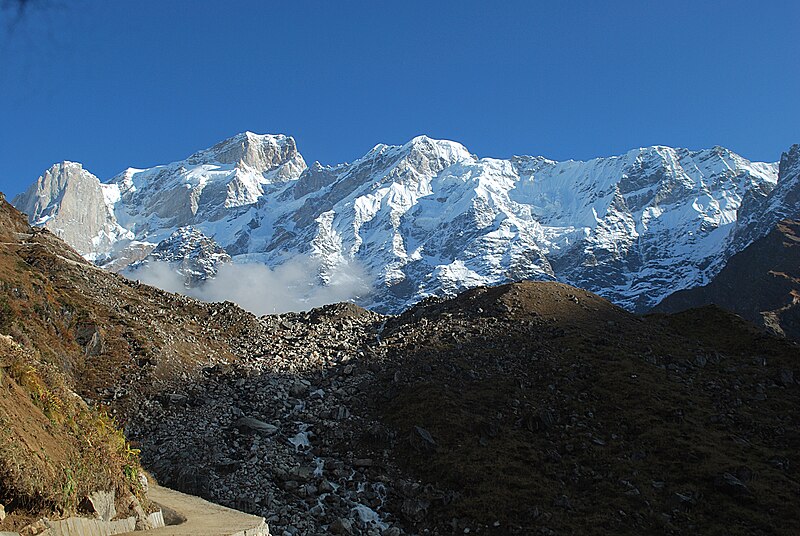Adopting from India
Contents
Hague Convention Information
India is party to the Hague Convention on Protection of Children and Co-operation in Respect of Intercountry Adoption (Hague Adoption Convention). Intercountry adoption processing in Hague countries is done in accordance with the requirements of the Convention; the U.S. implementing legislation, the Intercountry Adoption Act of 2000 (IAA); and the IAA’s implementing regulations, as well as the implementing legislation and regulations of India.
In January 2011, India implemented new procedures to provide more centralized processing of intercountry adoptions. In addition to the new guidelines, prospective adoptive parents should be aware of all Indian laws that apply to intercountry adoption. A child can be legally placed with the prospective adoptive parents under the Hindu Adoption and Maintenance Act of 1956 (HAMA), the Guardians and Wards Act of 1890 (GAWA), or the Juvenile Justice (Care and Protection of Children) Act of 2000 (JJA).
NOTE: Special transition provisions apply to adoptions initiated before April 1, 2008. Read about Transition Cases.
U.S. IMMIGRATION REQUIREMENTS FOR INTERCOUNTRY ADOPTIONS
To bring an adopted child to the United States from India, you must meet eligibility and suitability requirements. The U.S. Department of Homeland Security, U.S. Citizenship and Immigration Services (USCIS) determines who can adopt under U.S. immigration law. Additionally, a child must meet the definition of Convention adoptee under U.S. law in order to immigrate to the United States on an IH-3 or IH-4 immigrant visa.
Who Can Adopt
In addition to the U.S. requirements, prospective adoptive parents need to meet India’s requirements to adopt a child from India:
Residency
There are no residency requirements. However, some Recognized Indian Placement Agencies (RIPAs) may ask prospective adoptive parents to reside with the child for seven days before departure from India.
Age of Adopting Parents
Prospective adoptive parents should be at least 25 years of age and no more than 50 years of age if adopting a child age three or younger. Married couples may not have a combined age of more than 90 years. These provisions may be relaxed in exceptional cases, such as the adoption of older children, siblings, and children with special needs. Neither of the prospective adoptive parents, however, can be older than 50 years. See ‘Documents Required’ section for a list of required documents if a couple’s combined age is more than 90 years. If adopting a child older than three years of age, the prospective adoptive parents should be at least 25 and no more than 55 years of age. Married couples may not have a combined age of more than 105 years. Single prospective adoptive parents must be more than 30 and less than 50 years of age. The maximum age is 45 years to adopt children younger than three, and 50 years to adopt children older than three.
Marriage
A married couple must be in a stable relationship for at least five years. Same-sex couples are not eligible to adopt in India.
Income
Prospective adoptive parents should demonstrate adequate financial resources.
Other
A second adoption from India will be considered only after the legal adoption of the first child is completed, except in the case of siblings adopted at the same time. Prospective adoptive parents must be free from any contagious or terminal disease or any mental or physical condition that may prevent them from taking care of the child. A single male is not permitted to adopt a female child.
Who Can Be Adopted
How to Adopt
Adoption Authority
The Process
Traveling Abroad
After Adoption
SOURCE
Intercountry Adoption, Bureau of Consular Affairs. U.S. Department of State Country Information









